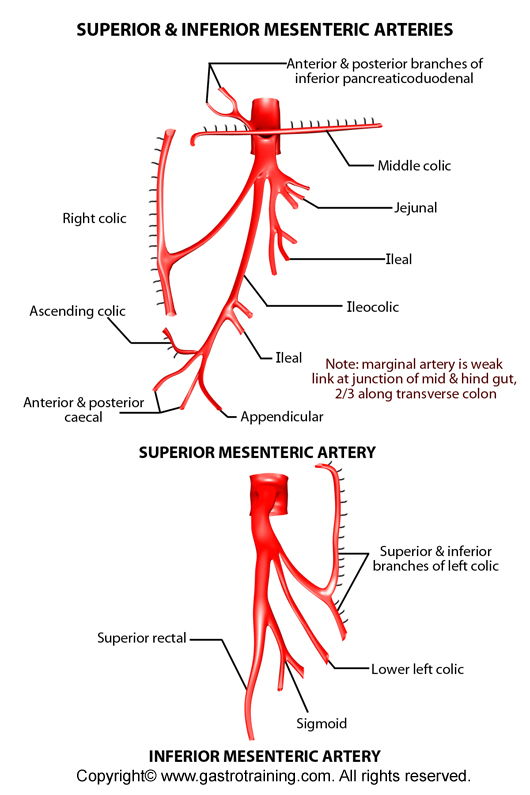


Intraventricular haemorrhage:
Most commonly seen in nfants, but never the less can be seen in adults also.
There are two main ways in which IVH can potentially cause damage. First, IVH may affect the flow of CSF in the ventricles and second, IVH may cause damage to brain tissue adjacent to the ventricles. Once damage has occurred to brain tissue, it cannot be reversed.
Links:
http://en.wikipedia.org/wiki/Intraventricular_hemorrhage
------------------------------------------------------------------------------------------------


 Initially thought to be a thrombus, later on proven to be a Myxoma found at the base of the pulmonary trunk.
Initially thought to be a thrombus, later on proven to be a Myxoma found at the base of the pulmonary trunk.Complete resection in typical cases is usually curative.
Myxomas, as is the case with other cardiac tumours, appear as intra-cardiac masses, most often in the left atrium and attached to the interatrial septum. They are usually heterogeneously low attenuating ( approximately 2/3 of cases ). Due to repeated episodes of haemorrhage, dystrophic calcification is common .
Links:
-------------------------------------------------------------------------------------------------

SMA occlusion
Acute occlusion can be due to a number of causes:
- embolic event : ~ 60%
- acute in situ thrombosis superimposed on atherosclerosis : 30%
- aortic dissection with involvement of the SMA origin
- slow flow / idiopathic
CT findings:
- lack of enhancement of the lumen of the SMA and / or its branches
- embolism lodgement location varies
- 15% origin
- 50% just distal to the origin of the middle colic artery
- embolism lodgement location varies
- bowel wall thickening
- ileus
- absent mucosal enhancement
- free fluid
- mural gas, portal venous gas or free intra abdominal gas

LINKS:
------------------------------------------------------------------------------------------------


Elongated ICA / Kinking of the ICA

Tortuosity of the cervical ICA is not a rare condition and they can easily be mistaken clinically for an aneurysm, a tumor or an abscess and subsequently injured during an attempted biopsy or excision. Thus, regardless the controversy of its causes (congenital or acquired) it should be included in the differential diagnosis of cervical soft tissue widening. Also, they should be taken into consideration on the diagnostic procedures for ischemic transitory attacks and/or stroke.
Links:
-------------------------------------------------------------------------------------------------
 Intracardiac tumor +/- thrombus
Intracardiac tumor +/- thrombusLinks:
http://www.med-ed.virginia.edu/courses/rad/cardiacmr/Techniques/Contrast.html

-------------------------------------------------------------------------------------------------

Tumor in the pylorus
Links:
No comments:
Post a Comment